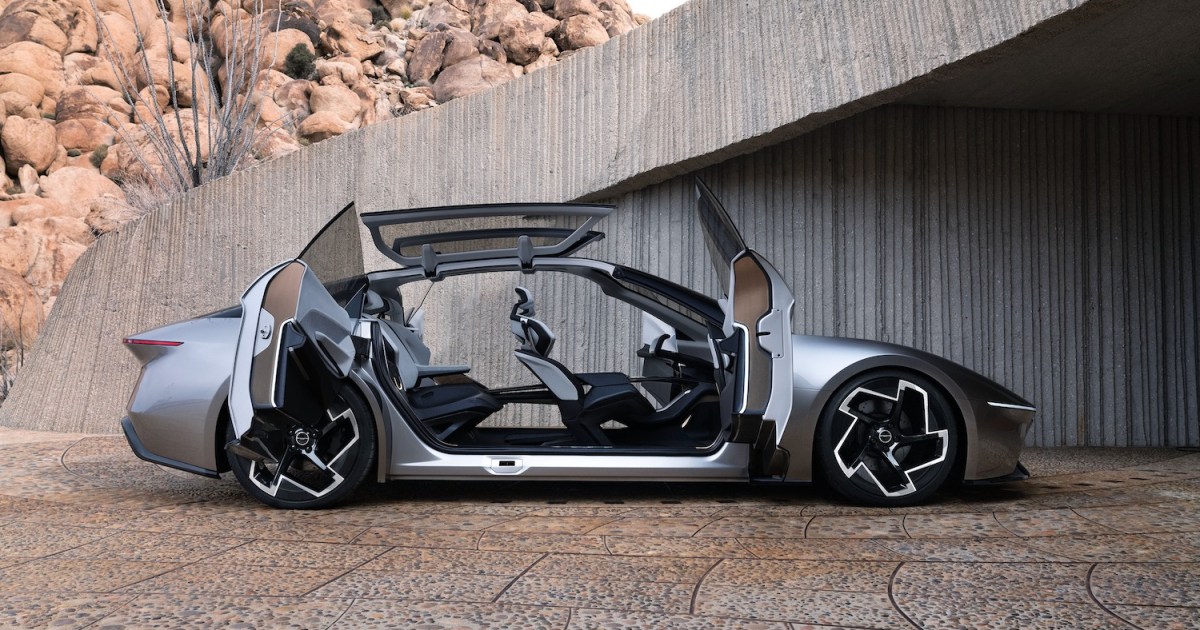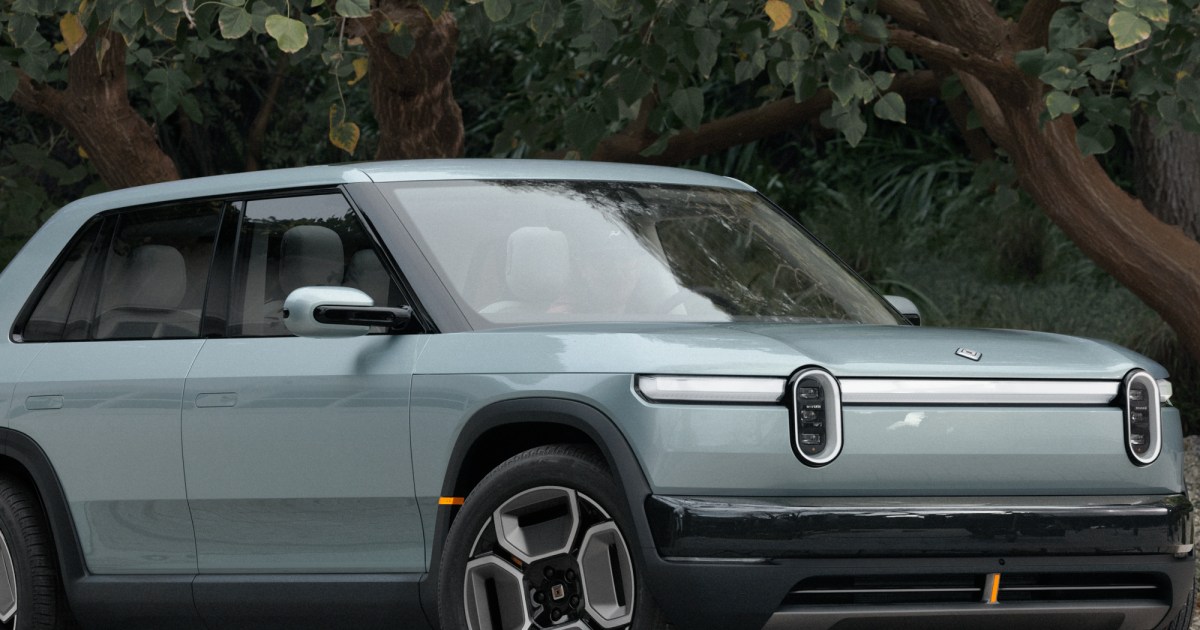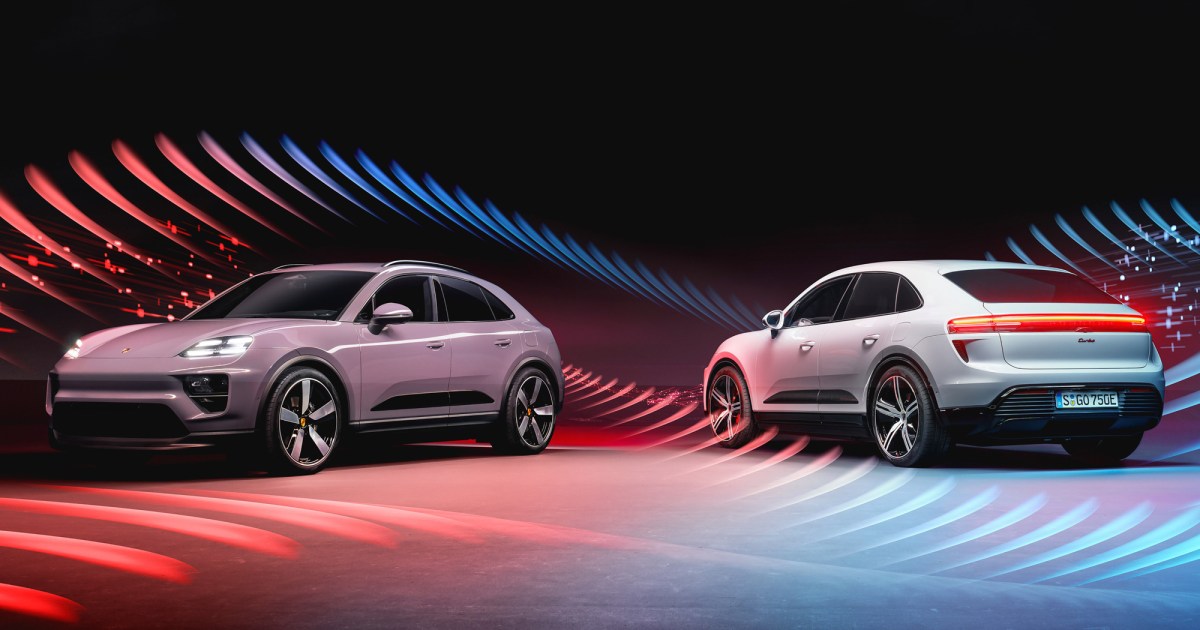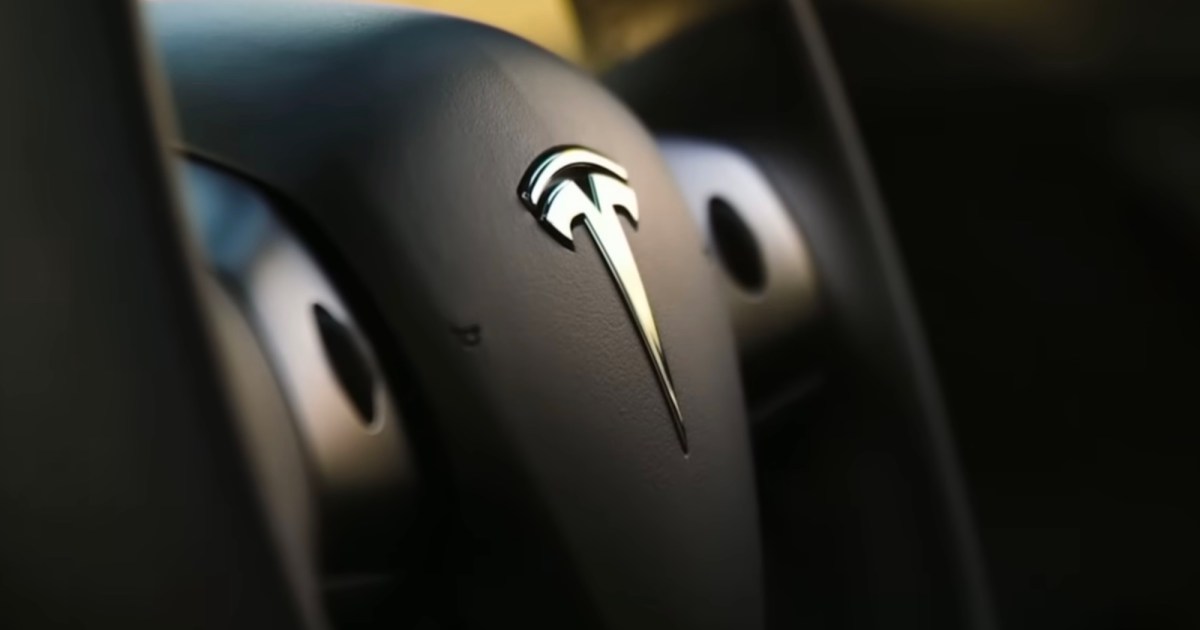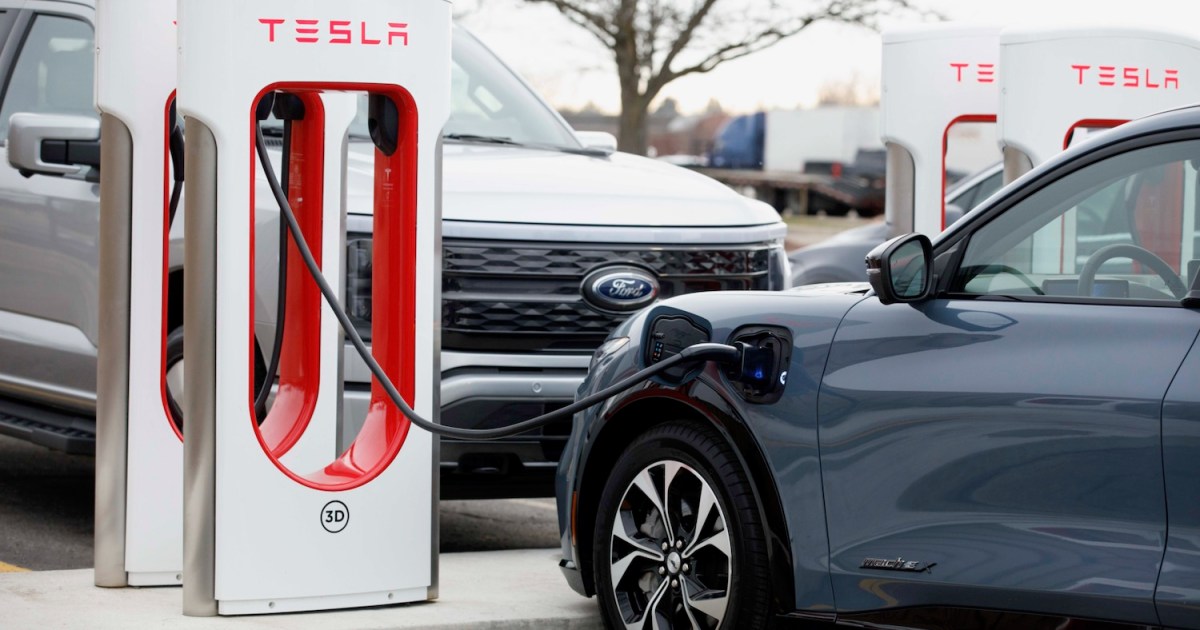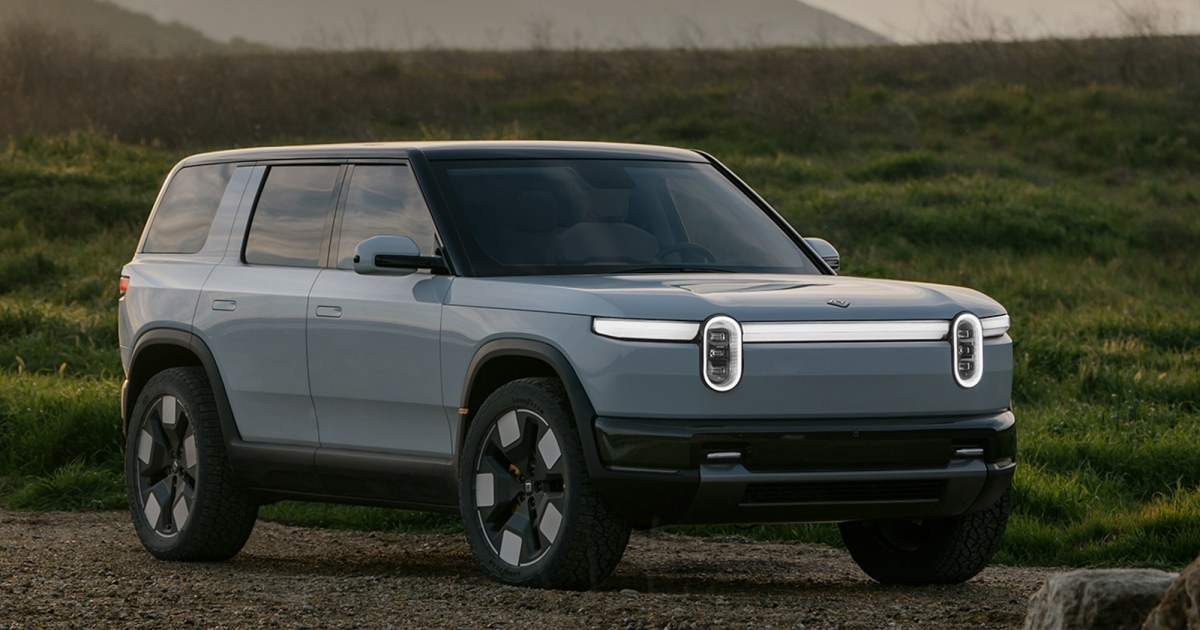Chrysler, a foundational brand within the Stellantis automotive conglomerate, is slated to launch its first EV in 2025. While the Airflow concept car, unveiled in 2022, was initially positioned as a preview of this production EV, Chrysler has now introduced a new EV concept: the Halcyon. This shift signals a potential change in direction for the brand’s electric future.
From Airflow to Halcyon: A Design Departure
Unlike the practical crossover SUV design of the Airflow, the Halcyon takes a more audacious approach. This low-slung four-door EV concept bears a striking resemblance to the Porsche Taycan, featuring similar front-fender air outlets. These outlets are part of a comprehensive aerodynamic package, including a sliding rear diffuser and rear spoiler, designed to minimize drag and maximize range. Chrysler also incorporates an air suspension system capable of adjusting to further optimize efficiency and driving dynamics.
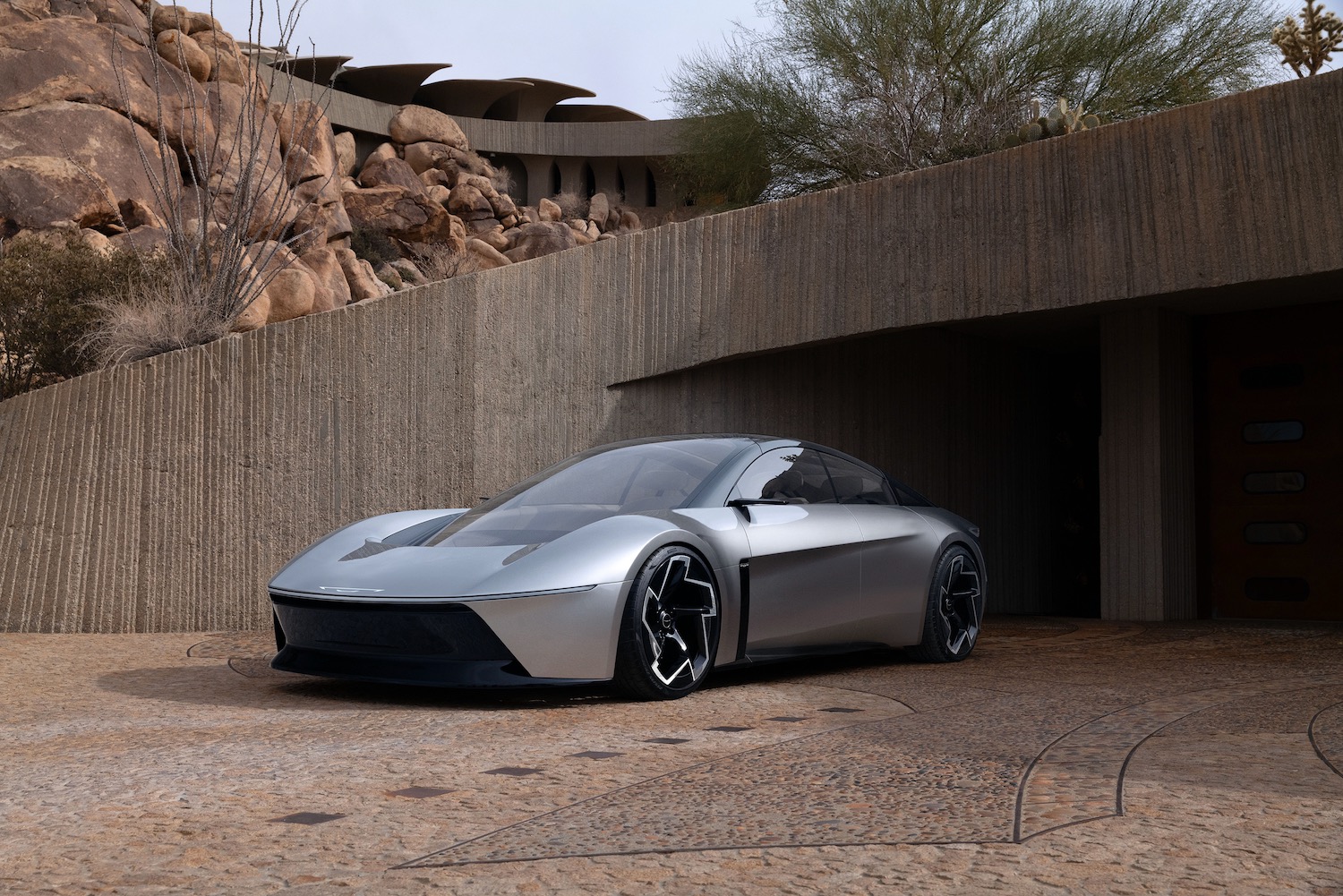 Front three quarter view of the Chrysler Halcyon concept.
Front three quarter view of the Chrysler Halcyon concept.
Sustainable Interior and Autonomous Driving Focus
The Halcyon’s interior prioritizes sustainability, utilizing a reported 95% sustainable materials. This includes suede upholstery crafted from 73% recycled plastic bottles, polyester trim made from 100% recycled fabric, and even Chrysler logos on the seats and steering wheel incorporating recycled CDs.
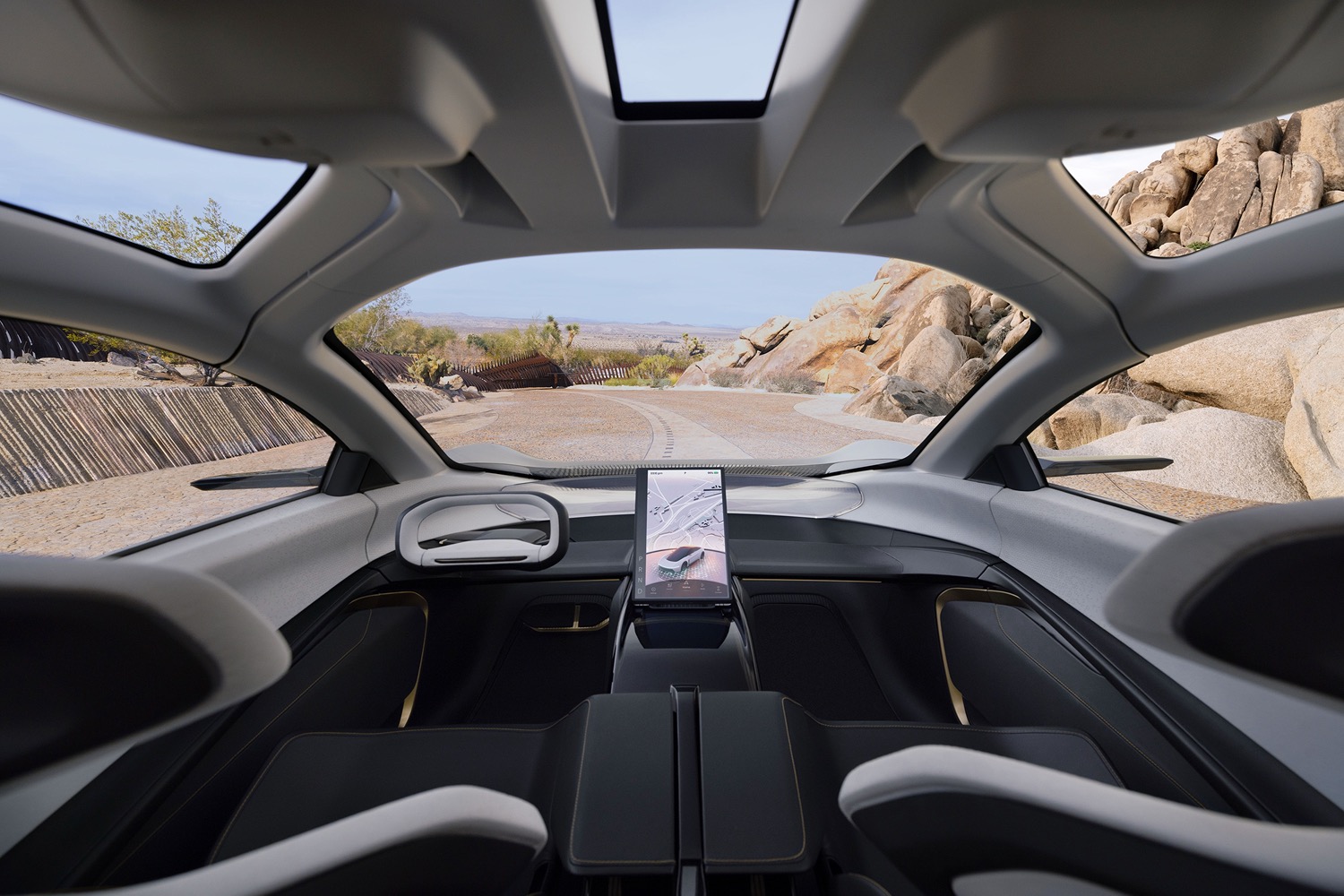 Interior of the Chrysler Halcyon concept.
Interior of the Chrysler Halcyon concept.
Designed with autonomous driving in mind, the Halcyon features a retractable steering wheel and pedals. When autonomous mode is engaged, the rear seats retract into the trunk area, while the front seats slide back, creating a more spacious and relaxed passenger experience. While Stellantis hasn’t announced a concrete timeline for self-driving car deployment, the Halcyon’s folding rear seats hint at a potential evolution of Chrysler’s Stow ‘n Go minivan seating system.
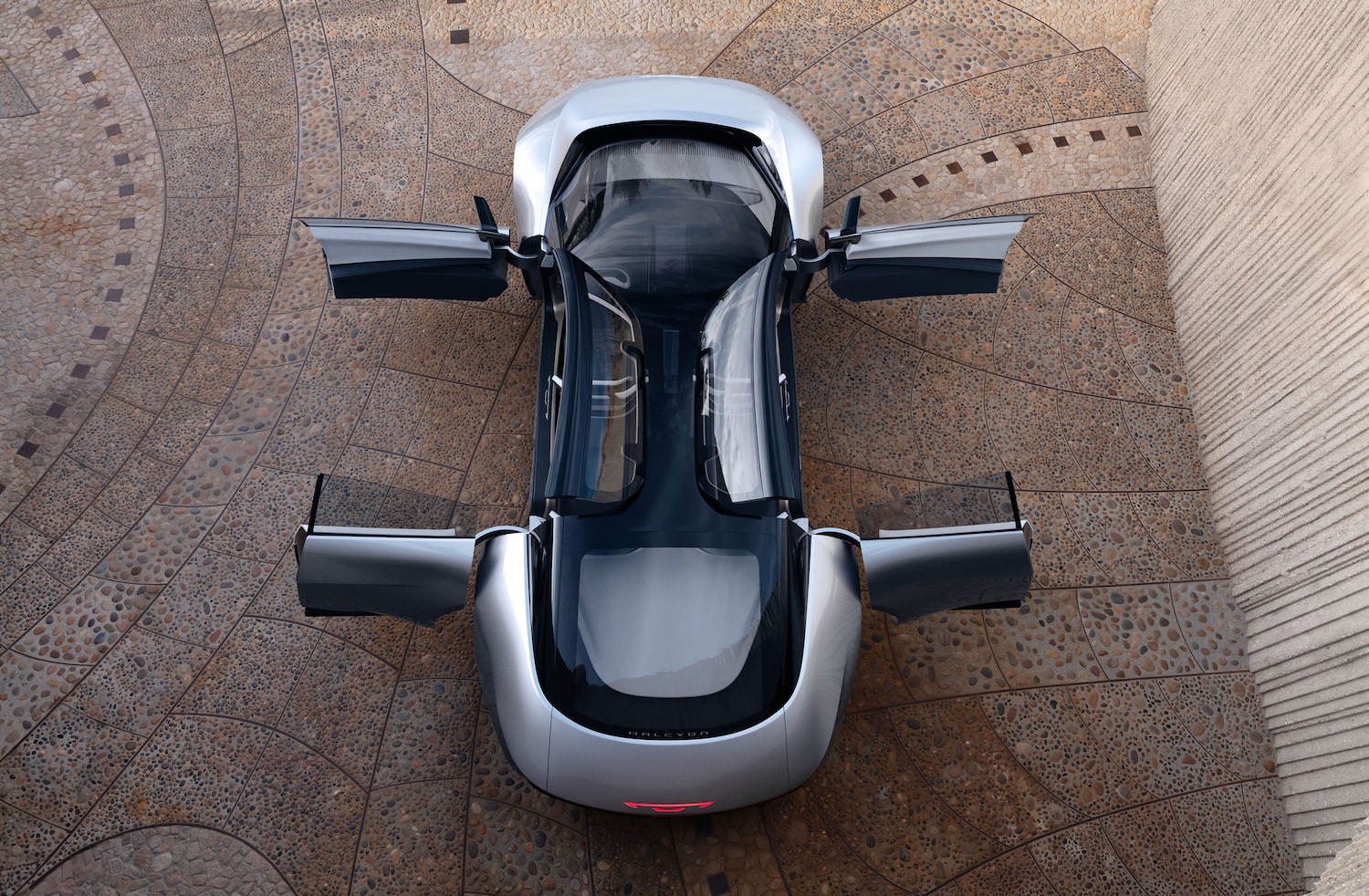 Overhead view of the Chrysler Halcyon concept with its doors open.
Overhead view of the Chrysler Halcyon concept with its doors open.
Advanced Infotainment and Innovative Technology
The Halcyon’s infotainment system boasts a dashboard-spanning transparent display, complemented by a stowable 15.6-inch portrait-oriented touchscreen on a glass center console and an augmented reality head-up display. Key features include over-the-air (OTA) updates, voice-activated digital assistant, predictive navigation, and the capability for movie viewing and video game playing in autonomous driving mode.
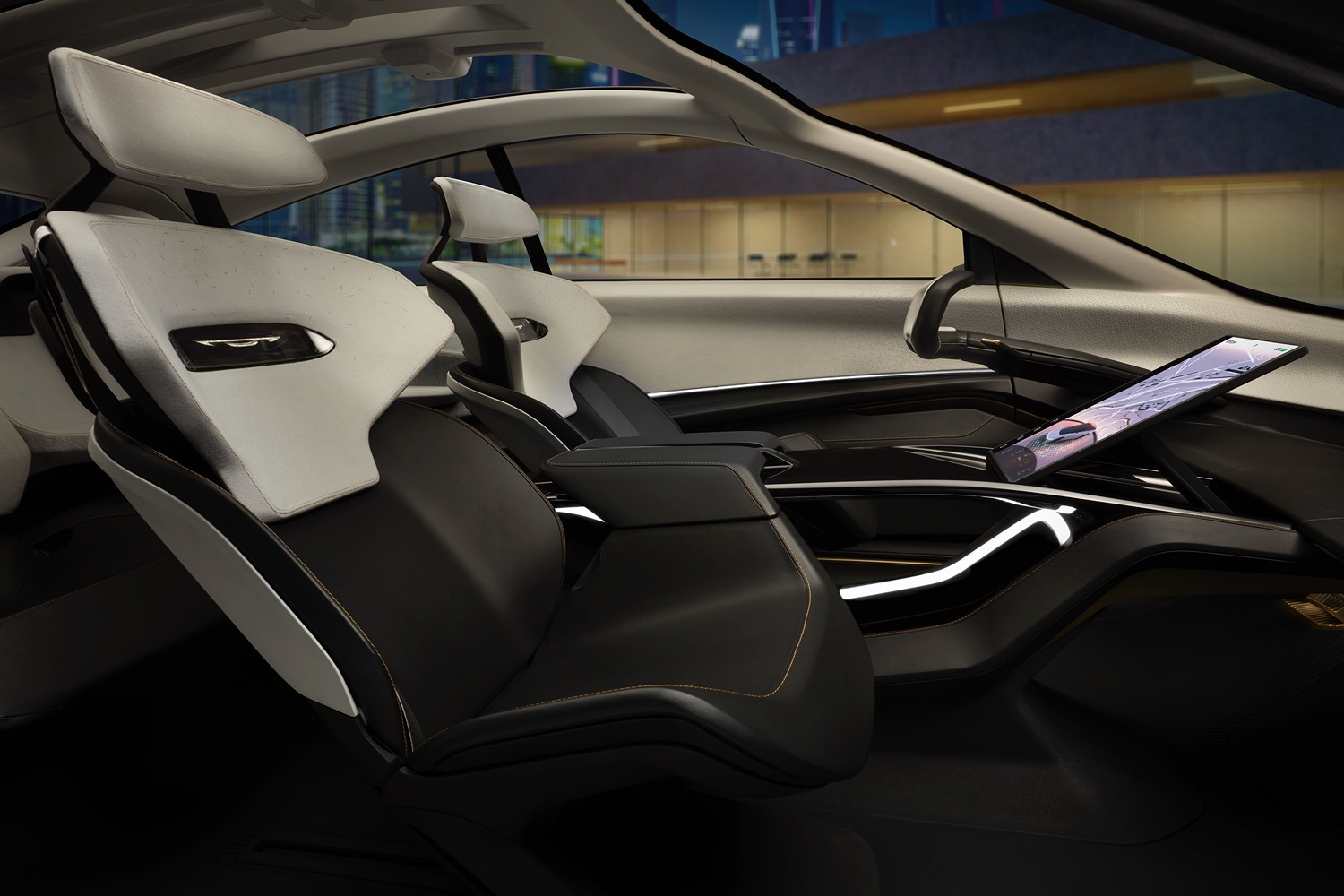 Interior of the Chrysler Halcyon concept.
Interior of the Chrysler Halcyon concept.
Platform and Powertrain: A Shared Future
Built on the STLA Large platform, the Halcyon shares its underpinnings with the upcoming Jeep Wagoneer S electric SUV and the anticipated electric/gasoline hybrid replacement for the Dodge Charger and Challenger. Chrysler claims the concept utilizes lithium-sulfur batteries with a 60% lower carbon footprint than other EV batteries and is engineered for in-motion inductive charging, potentially enabling charging while driving, should the necessary infrastructure be developed.
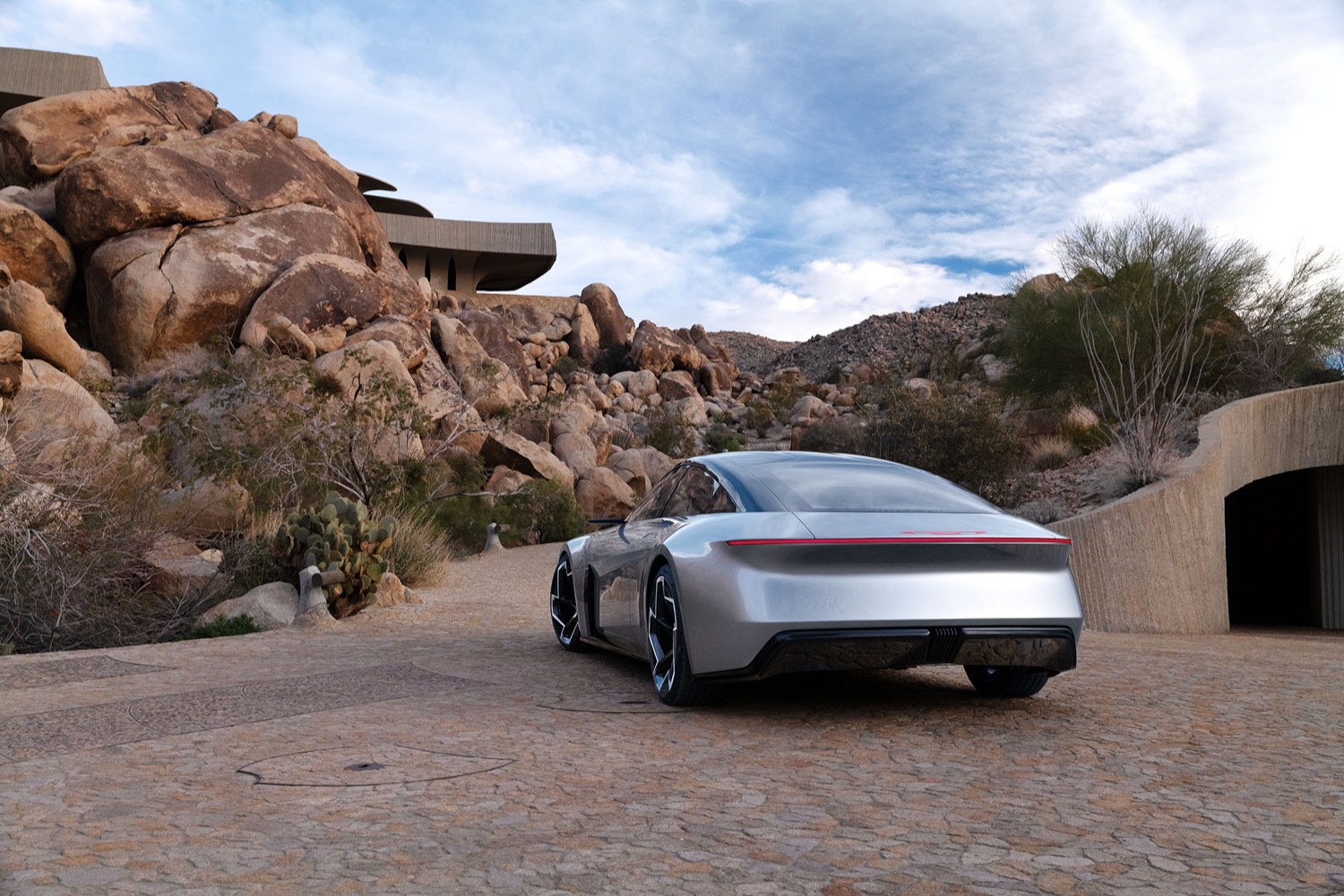 Rear three quarter view of the Chrysler Halcyon concept.
Rear three quarter view of the Chrysler Halcyon concept.
Chrysler’s Electric Ambitions: A Road to Relevance?
Despite reaffirming its 2025 EV launch target and aiming for an all-electric lineup by 2028, Chrysler’s electric future remains uncertain. Production plans for the Halcyon haven’t been disclosed, and reports indicate the Airflow-based production EV has also been shelved. With the discontinuation of the 300 sedan, the Pacifica minivan currently stands as Chrysler’s sole offering. The brand, once America’s third-largest automaker, now faces a challenging road to recovery. Its foray into EVs represents a crucial opportunity to reclaim its position in the automotive landscape.



